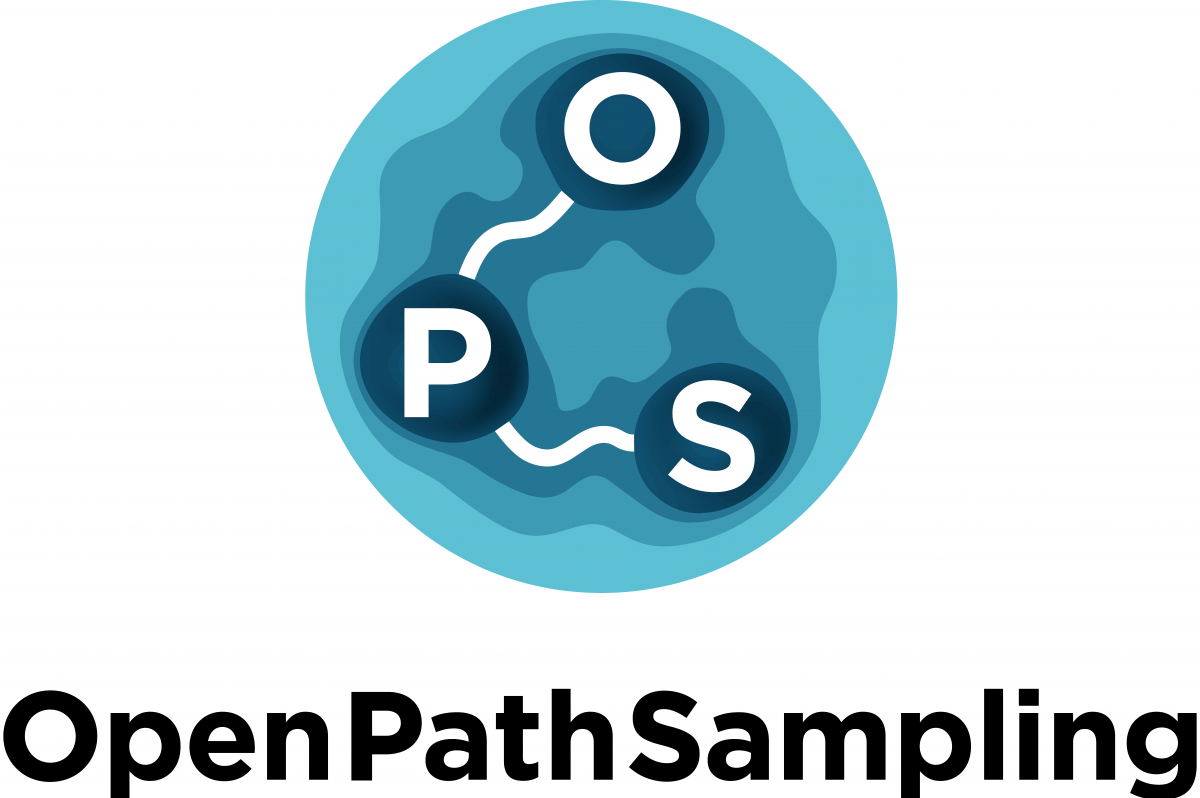In this report for Deliverable 4.4 [1] of E-CAM, nine software modules in meso– and multi–scale modelling are presented. Four of the modules have been implemented in DL_MESO_DPD:
• Ewald method for the GPU version of DL_MESO_DPD
• Smooth Particle Mesh Ewald (SPME) method for the GPU version of DL_MESO_DPD
• Analysis of local tetrahedral ordering for DL_MESO_DPD[2]
• Consistency check of input files in DL_MESO_DPD[2]
Five of the modules concern the Grand Canonical Adaptive Resolution Scheme (GC-AdResS) and have been developed, implemented and tested in/with GROMACS 5.1.0 and GROMACS 5.1.5 [3]. The patches provided are for GROMACS 5.1.5. The modules provide a recipe to simplify the implementation and to allow to look into a microcanonical (i.e., NVE-like) environment. They are based on the same principles as the Abrupt AdResS modules reported in a previous deliverable D4.3[4].
Furthermore, we provide all the tools necessary to run and check the AdResS simulations. The modules are:
• Local Thermostat Abrupt AdResS
• Thermodynamic Force Calculator for Abrupt AdResS
• Energy (AT)/Energy(interface) ratio: Necessary condition for AdResS simulations
• Velocity-Velocity autocorrelation function for AdResS
• AdResS-Radial Distribution Function (RDF).
A short description is written for each module, followed by a link to the respective Merge-Request on the GitLab service of E-CAM. These merge requests contain detailed information about the code development, testing and documentation of the modules.
Full report available here.
[1] S. Chiacchiera, J. Castagna, and C. Krekeler, “Meso– and multi–scale modelling E-CAM modules III,” Jan. 2019. [Online]. Available: https://doi.org/10.5281/zenodo.2555012
[2] This work is part of an E-CAM pilot project focused on the development of Polarizable Mesoscale Models
[3] This work is part of an E-CAM pilot project focused on the development of the GC-AdResS scheme
[4] B. Duenweg, J. Castagna, S. Chiacchiera, H. Kobayashi, and C. Krekeler, “Meso– and multi–scale modelling E-CAM modules II,” Mar. 2018. [Online]. Available: https://doi.org/10.5281/zenodo.1210075


 Check out our program of events for this year, running from April 2019 to February 2020:
Check out our program of events for this year, running from April 2019 to February 2020: